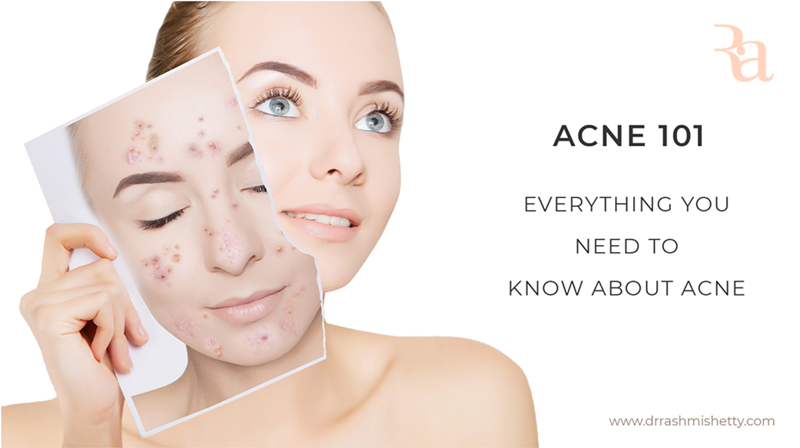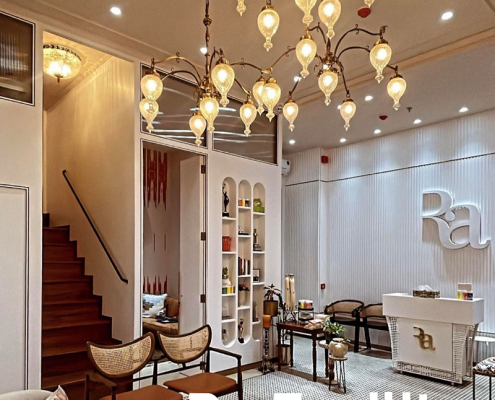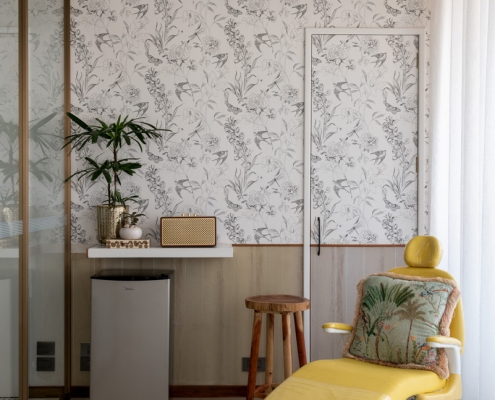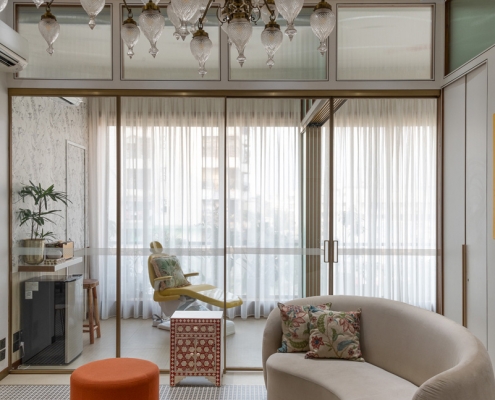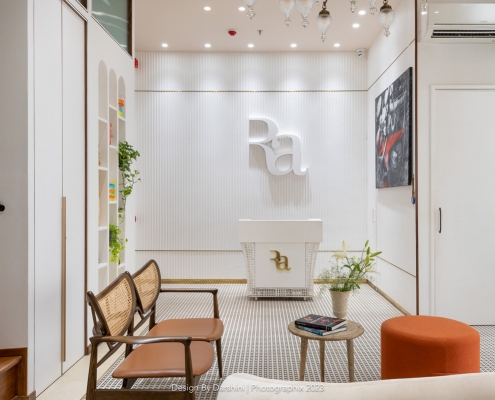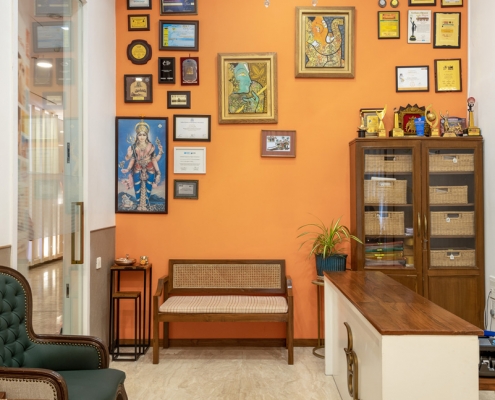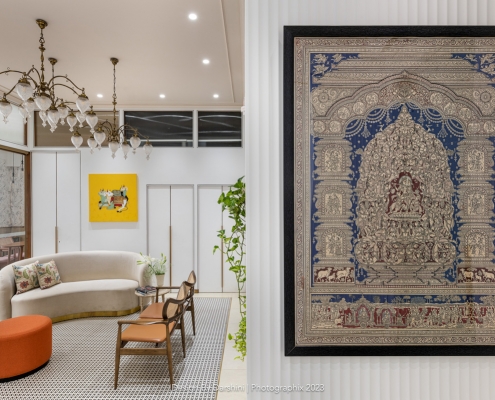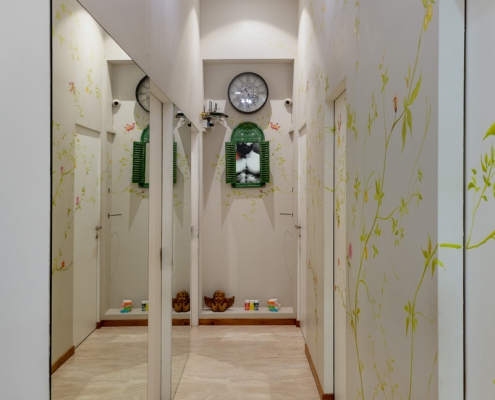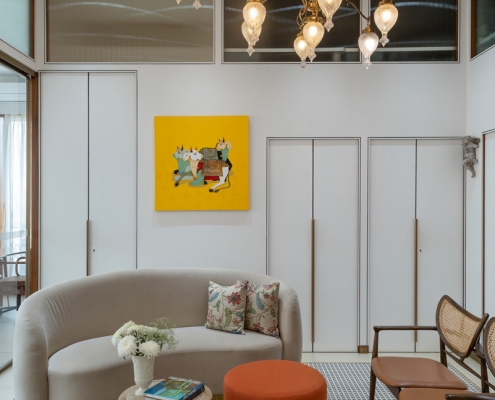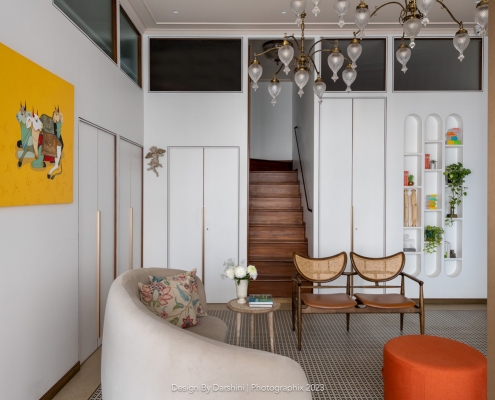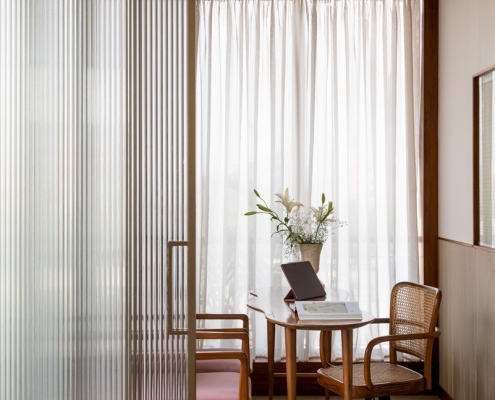Acne 101: Everything You Need to Know About Acne
If there is one good thing about acne, then, it has to be its non-discriminatory nature. Whether you are old, young, rich, poor, light-skinned or dark-skinned, acne might affect you. But the good news is every type of acne CAN be treated effectively.
Before we go any further, let’s understand what exactly acne is? The stubborn blackheads, the texture inducing whiteheads, the angry bright red pimples which can come as papules, pustules, cysts and nodules are all types of acne. To put it simply, Acne Vulgaris (the most common type of acne) is an inflammation of the skin, usually on the face.
Cause
Our skin is constantly shedding dead skin cells from its very top layer. This constant and natural system of exfoliation is exactly what keeps our skin fresh and glowing.
Some of these cells are drained out through our pores. Pores are the tiny openings you see all over your face through which your facial hair grows out, and sebum is secreted. Now, what’s sebum? Sebum is our body’s natural oil that keeps our skin moisturized, soft and supple.
The problem in paradise arises only when our dead skin cells become lazy and clump up with the sebum to form a plug on top of our pores. This blocks the free flow of the sebum. However, the body does not stop secreting more and more sebum which gets trapped within this blocked pore.
So, what happens next? You check your pretty face in the mirror and BOOM! There’s acne staring back at you.
Common Types of acne
- Whiteheads
Whiteheads are closedcomedones. Meaning, they are an oil plug which forms beneath the skin and looks like tiny bumps all over your skin.
They are not red and inflamed like a pimple, nor do they hurt.
- Blackheads
Blackheads are open comedones. Meaning, the oil plug is exposed to air. The exposure of the oil plug to the oxygen of the air oxidizes and takes on a dark black colour.
- Pimples
When our pore gets clogged and collects a nasty pool of sebum and dead cells, a warm invitation is sent out to pimple-causing bacteria – Propionibacterium acnes (P. acnes). These buggers arrive at the crime scene with full force and start feasting on the sebum-dead cell concoction happily. On sensing intrusion, our body’s immune system gets alert and rushes to the spot with white blood cells to kill the bacteria. As a result, the area gets inflamed, red, pussy and painful. And this is what we call “pimples”.
Face Mapping – What your acne tells about you?
- Forehead
Your pores are more concentrated in your T-zone area, which includes your forehead, nose and chin. This is exactly why your forehead is more prone to acne than the rest of your face. Acne on your forehead can mean –
- The hormonal imbalance that has shot up the oil production
- Hair products such as oils, conditioners, gels, etc. migrate to this area causing Pomade Acne
- Wearing tight hats and caps around the forehead region
- Hairstyles like bangs can make oils from your scalp travel to your forehead
- It might be a sign of gut issues like indigestion
Tips:
- Cut down on greasy hair styling products.
- Grow out your fringe and use a hairband to keep the hair off your forehead.
- Wear loose hats and wash them frequently.
- Eyebrows and temple
Again, in the T-zone area, if you see zits pop up in this area, it might mean –
- An underlying liver issue
- Allergy from certain food items
- Excessive consumption of greasy and spicy food
- Treading and waxing
Tips:
- Opt for a healthy diet.
- Use a toner after waxing and treading.
- Settle for an alternative hair removal technique like shaving or laser hair reduction if possible.
- Cheeks
Cheeks are usually less oily than the T-zone area, and environmental factors usually cause acne in this region. Cheek acne can mean –
- Pillowcases that trap your night-time skincare products and turn into a Petri dish for microbes
- Your cell phone which is covered with a film of your sebum, makeup and germs
- Dirty makeup brushes
- Smoking
Tips:
- Swap your dirty pillowcases with fresh ones as frequently as possible.
- Use antimicrobial alcohol wipes to clean your phone every day.
- Clean out your makeup brushes regularly and disinfect them with alcohol if possible.
- Nose
Your nose is again in the T-zone, which is the oiliest portion of your face. The nose is directly related to the heart, so acne in this region indicate –
- A diet rich in fried junk food which is loaded with “bad fats.”
- Hormonal imbalance
Tips:
- Restrict oily and greasy food strictly and opt for “good fats” like avocado, whole eggs, fish, etc. .
- Jawline
Women are more likely to experience breakouts in the jaw-line region because they are mainly caused by –
- Hormonal imbalance, especially when you are near your period. Women are, thus, more likely to experience jawline breakouts.
- Stress
- Medications like contraceptive pill that cause your hormones to jump up and down.
Tips:
- Meditate regularly.
- Practice yoga to handle stress.
The Best Supplements for Acne
As you can tell already, nutrition and gut health plays a massive role in the health of your skin. Sometimes, even when you consume the most nutrient-dense food, your body fails to absorb those nutrients. Besides, most of us actually don’t consume a super healthy diet that can assist in healing your skin. This is when supplements come in. Supplements from Solskin Corp are little pills of magic with the perfect bioavailability, meaning the vitamins and minerals are in a form that gets absorbed into your body efficiently.
If you are suffering from frequents bouts of acne, then three best supplements for you would be –
Ra Anagen:
It is great for healing your skin by quickening the process of tissue repair and build back.
Ra Bright:.
It is packed with antioxidants that are not only instrumental in fighting acne but also acne scars
For Hormonal Acne
Ra Bright:
Antioxidants in this supplement work on eradicating the inflammation associated with acne, most importantly.
Ra Primrose Oil:
Another potent antioxidant to calm down inflammation and give glowing skin.
If you are still stuck with the acne after making these lifestyle changes and using different DIY’s to correct your condition, then you know it is time to see the best dermatologist in India who will give you a real cure. They are the only ones with enough knowledge and experience to cure your acne of its root.
